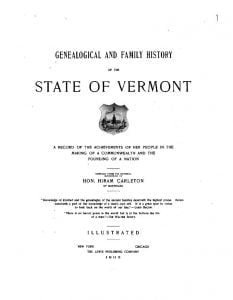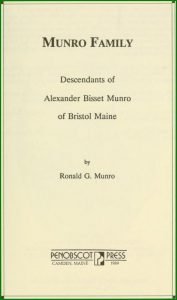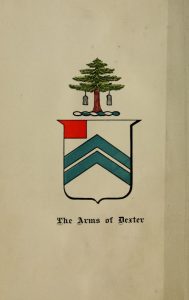Origin, history, and genealogy of the Buck family
Origin, history and genealogy of the Buck family : including a brief narrative of the earliest emigration to and settlement of its branches in America and a complete tracking of every lineal descendant of James Buck and Elizabeth Sherman, his wife







